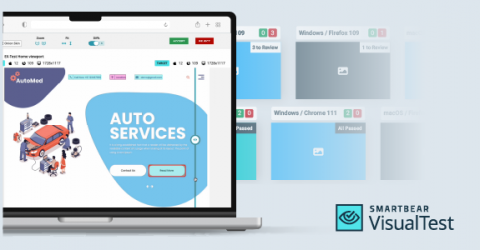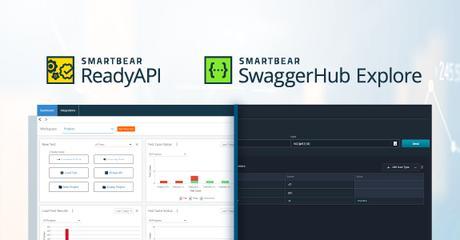Top Five Reasons Security Matters on Atlassian Marketplace
As an application development leader, you’ll want to continuously improve your team's processes and outcomes. The cloud marketplace has become a popular way for enterprises to buy software, but with the increasing amount of sensitive data being processed, stored, and transmitted in the cloud, security has become a critical concern for both cloud service providers and their customers.










